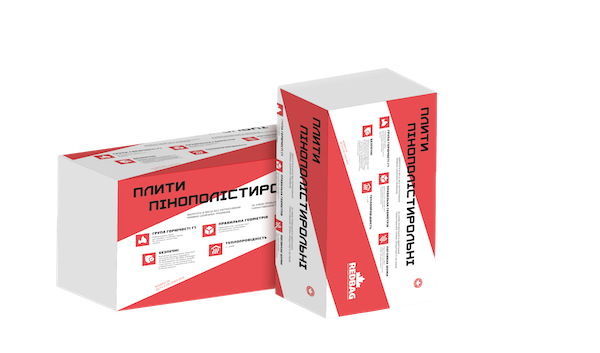1. Facade insulation ("wet facade")
Applying glue: Apply REDBAG 221 glue pointwise (5-6 points) or solidly with a notched trowel.
Minimum contact area of glue with foam plastic – 40%.
Fastening the plates: Start from the bottom up, using a starting profile. Lay the plates in a staggered manner without crossing vertical seams. Check evenness using a level. Connect the joints tightly, in case of gaps, fill them with mounting foam. Additional fastening with dowels
After the glue dries (after 24 hours), fix the plates with umbrella dowels (5-6 pcs. per 1 m²).
Reinforcement with mesh: Apply the first layer of REDBAG 222 glue (~3 mm), embed the reinforced mesh. Apply a second layer of glue on top, smooth with a spatula.
Finishing: After the glue has dried (~3 days), apply decorative plaster or paint.
2. Floor insulation (under screed, underfloor heating)
Level and clean the base. Lay a waterproofing film. Lay the foam boards tightly to each other. Glue the joints with mounting foam or special tape. Cover with reinforcing mesh on top. Fill with a cement-sand screed of at least 50 mm.
3. Roof or attic insulation
Fix the vapor barrier film. Lay the foam between the rafters or on the roof base. Fix the sheets with mounting foam and dowels. Cover with a windproof membrane on top. Finish (drywall, lining or other).







